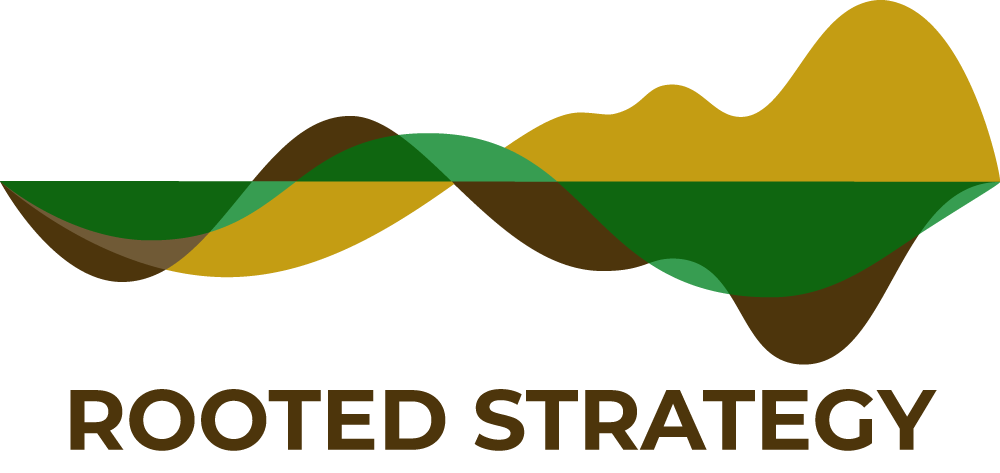Grow and Thrive
Last spring, as I watched my green-thumbed neighbors and friends get down in the dirt and begin planting, I decided that I wanted to grow something too. So when I went shopping at the local nursery, I picked two beautiful Coleus plants and brought them home. I watered them, pruned them, and even gave them fertilizer. They were a beautiful addition to the front porch. But within one week, both of my plants were on life support. The flowers were wilted. The stems were droopy. The soil was dry and broken. And I, the novice gardener, was deeply discouraged.
I appealed to a neighbor for help, and he immediately asked me all of the fundamental questions that I should have asked when I set off on this agricultural adventure.
What kind of soil does it need? Is this container the right size? Does it have enough water and sun, or maybe too much?
In hindsight, I was more interested in having these beautiful plants than I was in gaining the knowledge and capacity needed to care for them - which ultimately led to a plants that not only looked pathetic, but were unhealthy and required extra effort to restore.
I’ve seen this same story play out in a sector that I’m far more familiar with than gardening: the nonprofit sector. Nonprofit organizations are founded and managed by people who possess great enthusiasm for the mission. But too often, they are not well equipped to sustain and grow a healthy organization, leading to disappointing outcomes.
Nonprofits that want to grow often start at the surface - a fresh brand identity, a new and exciting program, even a revised mission statement. When these efforts fail to bear fruit, nonprofit leaders become discouraged. But much like plants, the elements that truly help nonprofits grow and thrive lie beneath the surface:
What kind of culture and development does it need? Is the existing infrastructure adequate? Does it have the right combination of resources, capacity, and leadership?
Turns out, some of my greatest lessons from my plant-growing operation apply to growing nonprofits as well:
Growing organizations need to be nurtured. Nonprofit staff, board, and volunteers need reminders that their work has meaning, their contributions add value, and their collective efforts are worthwhile even on the hardest days. Professional development, honest feedback and clear expectations are as critical to organizational development as sun, water and air are to plants.
Growing organizations need functional systems. As they branch out - whether raising capital campaign funds, training new staff, or implementing new programs - nonprofits benefit from structural reinforcement in the form of management systems that are teachable, adaptable, and sustainable.
Growing organizations need to be willing to change. Just as plants need to be rotated and repotted, organizational systems must adapt to an ever-changing environment in order to thrive. At regular intervals, nonprofits should evaluate what's impeding progress, and respond accordingly (even if that means admitting that maybe gardening, or that shiny new program idea, just isn’t your thing).
***
As for my plants? Well, one succumbed to root rot. The other came back to life briefly, but its season has come and gone. Turns out it’s an annual species and won’t come back next year, which might be okay. Whether growing a garden or an organization, sometimes it’s best to learn the lessons, let it go, and do better next time.
_
Kathryn Evans is the owner and principal consultant of Rooted Strategy which provides nonprofit management solutions to help organizations grow and thrive. She brings technical expertise and adaptive learning formed during nearly a decade working in the Kansas City nonprofit sector. Kathryn founded Rooted Strategy to provide support and encouragement to nonprofits who seek to improve the lives of people, especially those who are systematically disadvantaged - people who are poor and underemployed, people of color, people with substance addiction and mental illness, people experiencing homelessness, people who are LGBTQ, and indigenous people.
